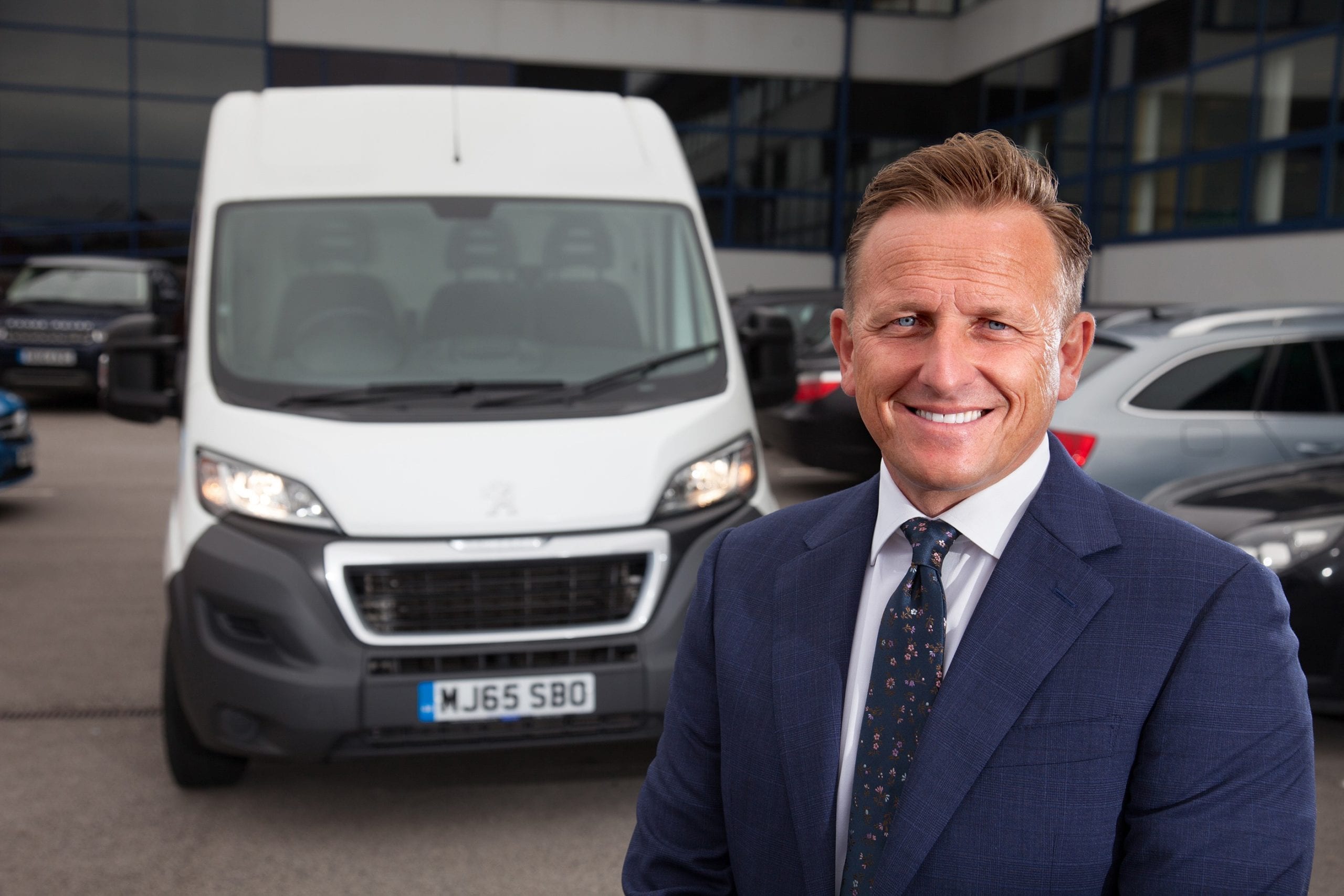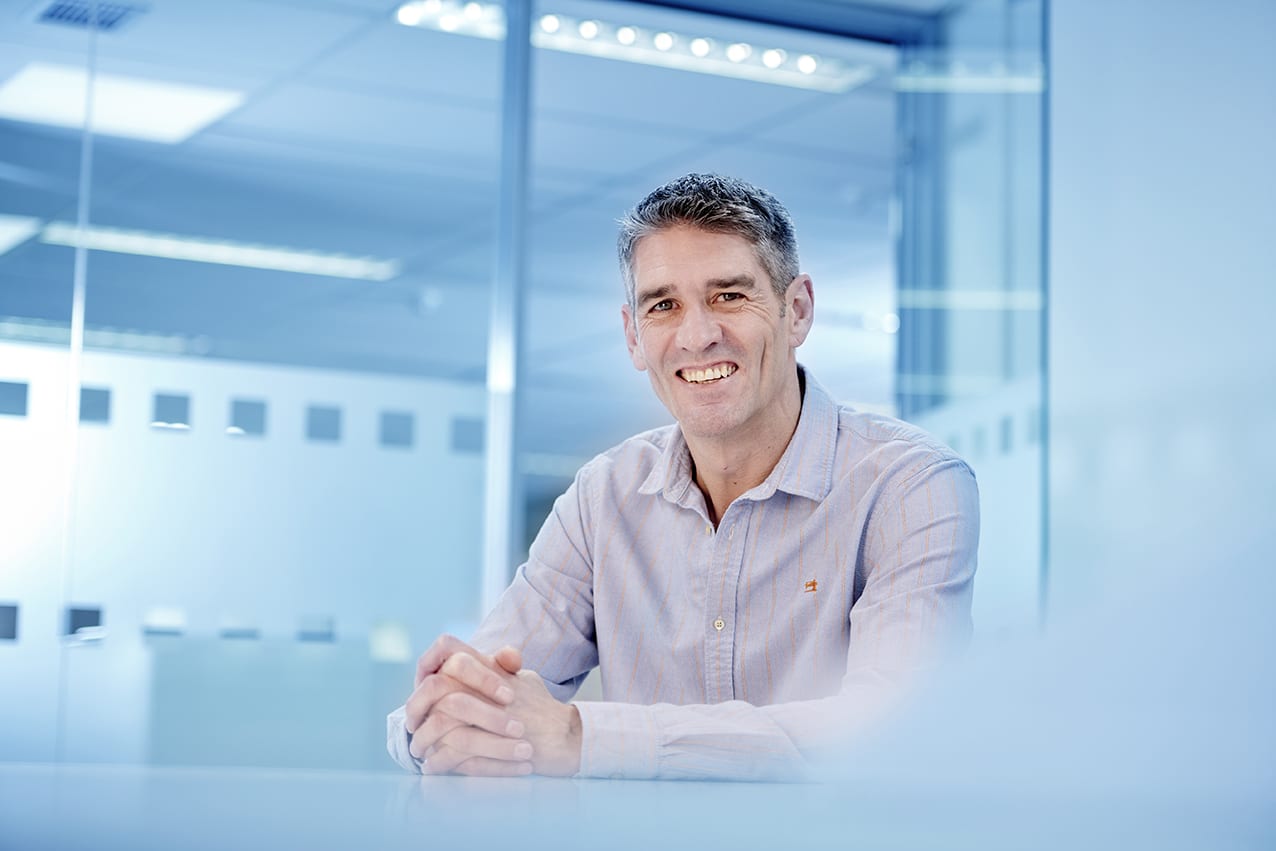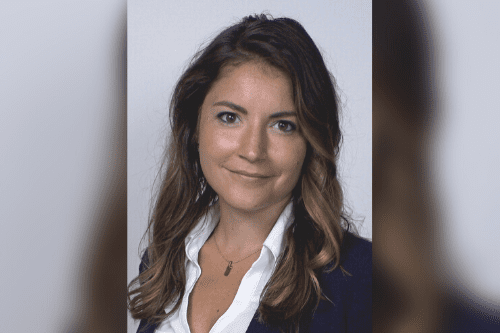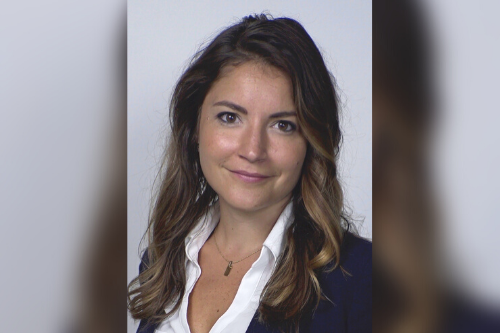

The study, which the broking giant claims is the most comprehensive on IFRS 17 to date, polled 312 insurers across 50 global markets. With total costs estimated at US$15 billion to US$20 billion, costs per insurer will vary significantly by company size. For the 24 largest multinational firms, the study estimates costs of US$175 million to US$200 million each. Meanwhile, the remaining 288 insurers will have an average cost of US$20 million.
“For many, significant improvements will also be required in business processes and finance operations to deliver IFRS 17 efficiently and link with other metrics,” said Foroughi. “With smart investment and the right people, an insurer’s IFRS 17 programme has the potential to help deliver long-term annual savings to show against the daunting up-front costs.”
The data showed that over 10,000 full time equivalent employees will be needed to implement IFRS 17. According to WTW, this will present major challenges for insurers’ recruitment and retention strategies.
Furthermore, there are still issues regarding perception and knowledge of the reporting standard. Only 52% of survey respondents said that they expect IFRS 17 earnings/equity to be more helpful than current GAAP earnings/equity. Meanwhile, 54% believe that the need for non-GAAP reporting will either slightly or significantly increase. Understanding of the business implications of IFRS 17 remained low at 6% in 2020 and 17% in 2021.
Large multinational firms are ahead of their smaller counterparts, with an average progress of 3.5 (on a five-point scale) versus 2.6. Progress is highest in the EMEA region, with an average of 2.9, while it is lowest in Asia-Pacific at 2.4.
Many companies, especially from mature markets, believe that IFRS 17’s impact on KPIs may not be commensurate to the costs.
Willis Towers Watson noted an improvement in areas such as data and IT workstreams since its previous edition of the survey in June 2020. However, setting up a robust process designed to comply with tight reporting schedules remains a challenge. There is also little progress in terms of dry runs, disclosures and automation. Amid the lack of qualified resources, Willis Towers Watson predicts that process automation will be crucial in successfully implementing IFRS 17.
“If insurers are to unlock value from IFRS 17 they should be aiming for significant business process improvements including automation, efficiency and auditability ‘out of the box’,” said Foroughi. “This will save time and money, allowing experts to be deployed on higher value tasks and enabling insurers’ reporting functions to do more, faster and with less. Regulation can be a spur to drive performance, if the conditions are right.”


















